In the quiet corridors of conservation centers worldwide, a silent battle is being waged against extinction. Behind the scenes of public exhibits and breeding programs, scientists are engaged in what might be described as the most sophisticated matchmaking operation in natural history—one where the stakes are nothing less than the genetic future of entire species.
The challenge facing conservation breeders extends far beyond simply producing offspring. Where once the primary goal was increasing population numbers, modern conservation breeding has evolved into a complex science of genetic preservation. Each breeding decision carries consequences that will ripple through generations, determining whether captive populations retain the evolutionary potential to someday thrive in the wild again.
Genetic diversity represents the raw material of evolution—the variation that enables species to adapt to changing environments, resist diseases, and overcome new challenges. In small populations, whether in captivity or fragmented wild habitats, this precious diversity diminishes rapidly through genetic drift and inbreeding. The loss of genetic variation often occurs silently, with populations appearing healthy until suddenly confronted with environmental changes or diseases to which they have no defense.
Modern conservation breeding programs employ sophisticated genetic management strategies that would have been unimaginable just decades ago. Through careful analysis of kinship coefficients and mean kinship values, population managers identify which individuals should breed to maximize genetic diversity. The goal isn't simply to avoid inbreeding but to actively preserve the rarest alleles—those genetic variants that might hold the key to future adaptation.
Founder representation represents another critical consideration in genetic management. Each wild-caught individual that enters a breeding program brings unique genetic material. The objective becomes ensuring that all founders contribute equally to subsequent generations, preventing the genetic overrepresentation of some founders while others are lost entirely. This balancing act requires meticulous record-keeping and sometimes difficult decisions about which animals should breed.
The development of detailed pedigrees has revolutionized conservation breeding. Where once keepers might have paired animals based on availability or behavioral compatibility, today's matches are frequently determined by genetic imperatives. Sophisticated software programs analyze potential pairings, calculating the genetic contribution each would make to the population's overall diversity. These digital tools have become indispensable in managing the complex family trees of endangered species.
Biobanking has emerged as a powerful adjunct to traditional breeding programs. Cryopreserved genetic material—sperm, eggs, embryos, and even somatic cells—provides insurance against catastrophic population declines and allows for the introduction of genetic material without transporting live animals. These frozen arks preserve genetic diversity that might otherwise be lost, creating possibilities for future genetic rescue operations.
The application of advanced reproductive technologies has further expanded the tools available to conservation breeders. Artificial insemination, embryo transfer, and in vitro fertilization enable genetic exchange between populations that cannot be physically brought together. These techniques are particularly valuable for species distributed across multiple institutions or when transporting animals presents welfare concerns or disease risks.
Genomic technologies are pushing the boundaries of what's possible in genetic management. Where once managers worked with limited molecular markers, whole genome sequencing now provides unprecedented resolution into population genetics. This detailed genetic mapping allows identification of functional diversity—variation that actually affects traits like disease resistance or environmental tolerance—enabling more targeted conservation of adaptive potential.
The ultimate goal of most conservation breeding programs remains reintroduction to the wild. This presents perhaps the greatest genetic challenge: producing animals that not survive but thrive in natural habitats. This requires maintaining natural behaviors, physical adaptations, and genetic diversity—a complex interplay of nature and nurture that demands innovative approaches to animal management and preparation for life beyond enclosure walls.
Metapopulation management has become increasingly important for species maintained across multiple locations. Through coordinated breeding plans and strategic transfers of animals or genetic material, separate populations can be managed as a single genetic unit. This approach helps maintain genetic diversity that would be impossible to preserve in smaller, isolated groups while spreading conservation risk across multiple facilities.
The ethical dimensions of genetic management continue to evolve alongside the science. Questions about how much human intervention is appropriate, which species deserve resources, and whether we should use advanced technologies like gene editing remain subjects of vigorous debate within the conservation community. These discussions reflect the growing sophistication of a field that recognizes that technical capability must be guided by ethical consideration.
Looking toward the future, conservation breeding faces both unprecedented challenges and opportunities. Climate change, habitat fragmentation, and emerging diseases create urgent needs for genetic intervention, while new technologies offer powerful tools for meeting those needs. The coming decades will likely see even greater integration of genomic science, reproductive technology, and ecological understanding in the effort to preserve vanishing biodiversity.
In the end, the work of conservation breeding represents both a profound responsibility and a remarkable expression of hope. Each carefully planned pairing, each preserved genetic sample, each successful reintroduction represents a commitment to maintaining the rich tapestry of life that sustains our planet. The genetic diversity being preserved in these programs constitutes nothing less than evolutionary options—possibilities for adaptation and survival that might otherwise disappear forever.
The quiet efforts underway in breeding centers around the world thus represent far more than technical exercises in population management. They embody our species' growing understanding of its role as steward rather than master of nature, and our dawning recognition that preserving genetic diversity means preserving possibilities—for other species, and ultimately, for ourselves.
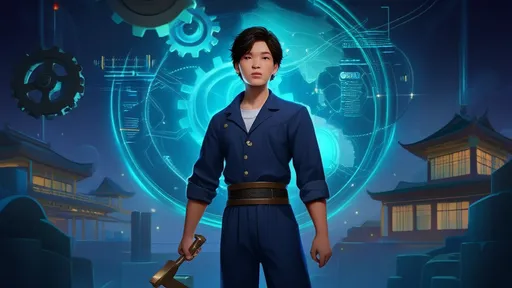
By /Aug 21, 2025
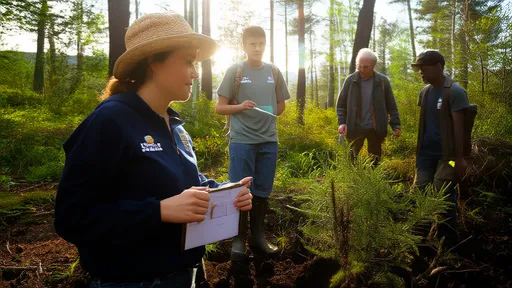
By /Aug 21, 2025

By /Aug 21, 2025
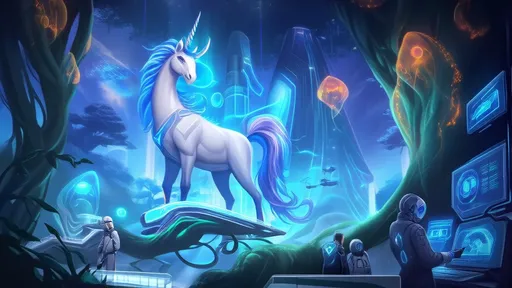
By /Aug 21, 2025

By /Aug 21, 2025
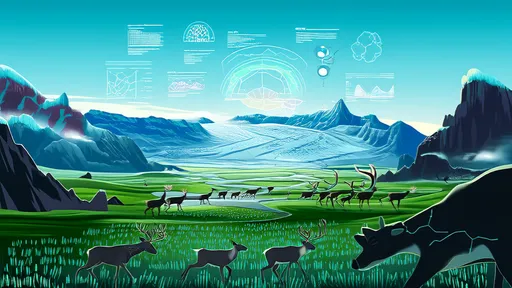
By /Aug 21, 2025
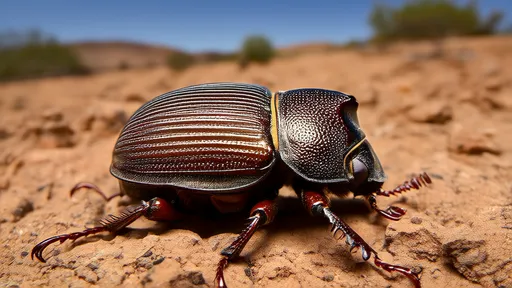
By /Aug 21, 2025
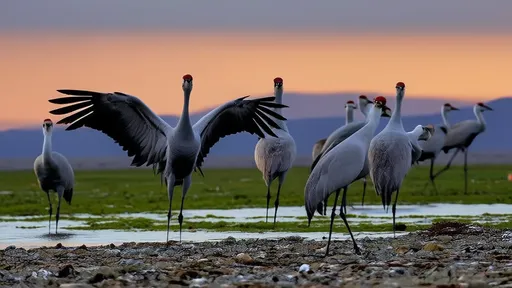
By /Aug 21, 2025
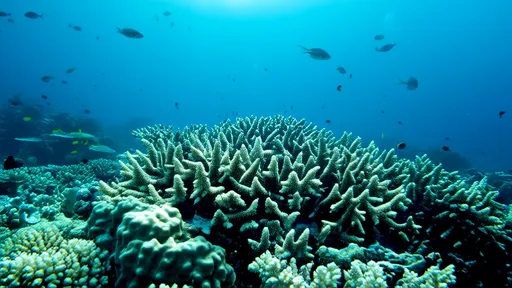
By /Aug 21, 2025
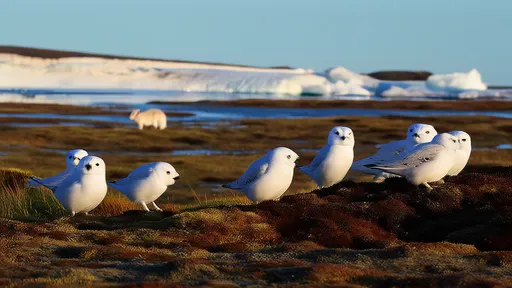
By /Aug 21, 2025
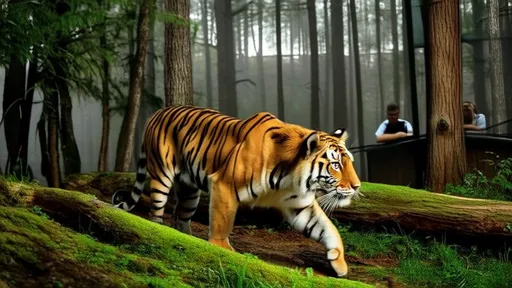
By /Aug 21, 2025
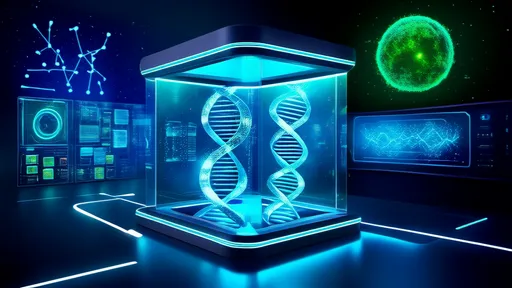
By /Aug 21, 2025
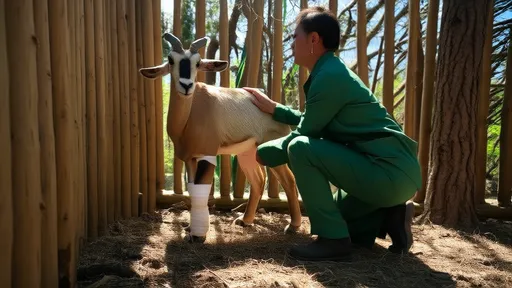
By /Aug 21, 2025

By /Aug 21, 2025
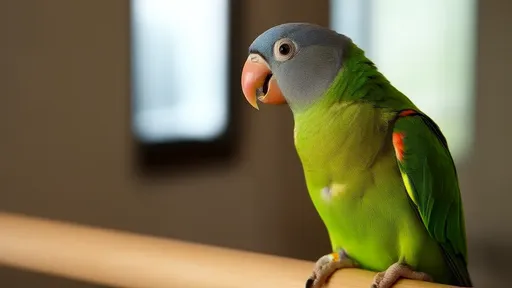
By /Aug 21, 2025
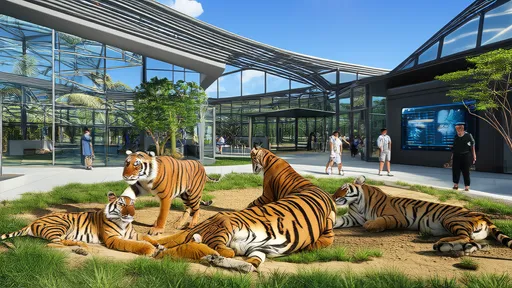
By /Aug 21, 2025
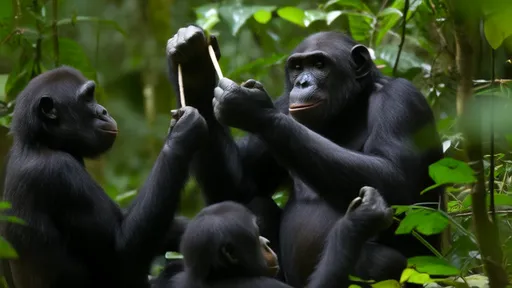
By /Aug 21, 2025
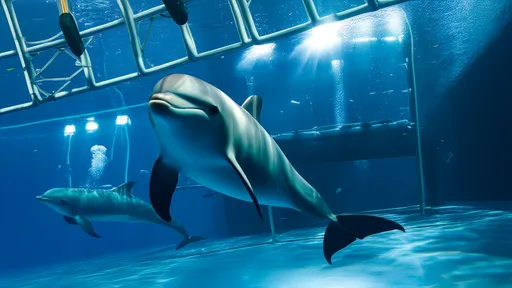
By /Aug 21, 2025
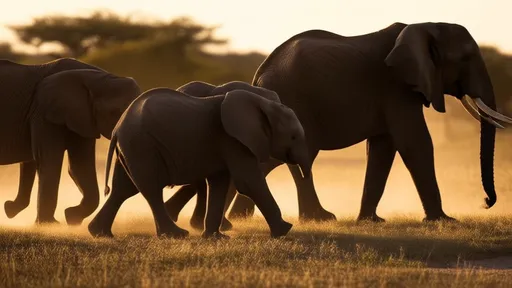
By /Aug 21, 2025
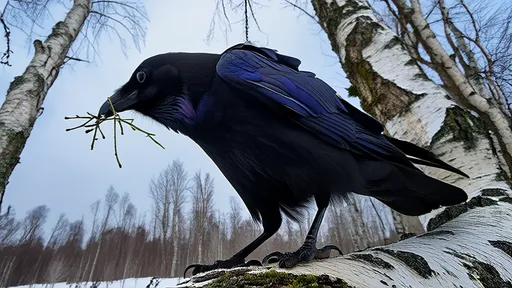
By /Aug 21, 2025